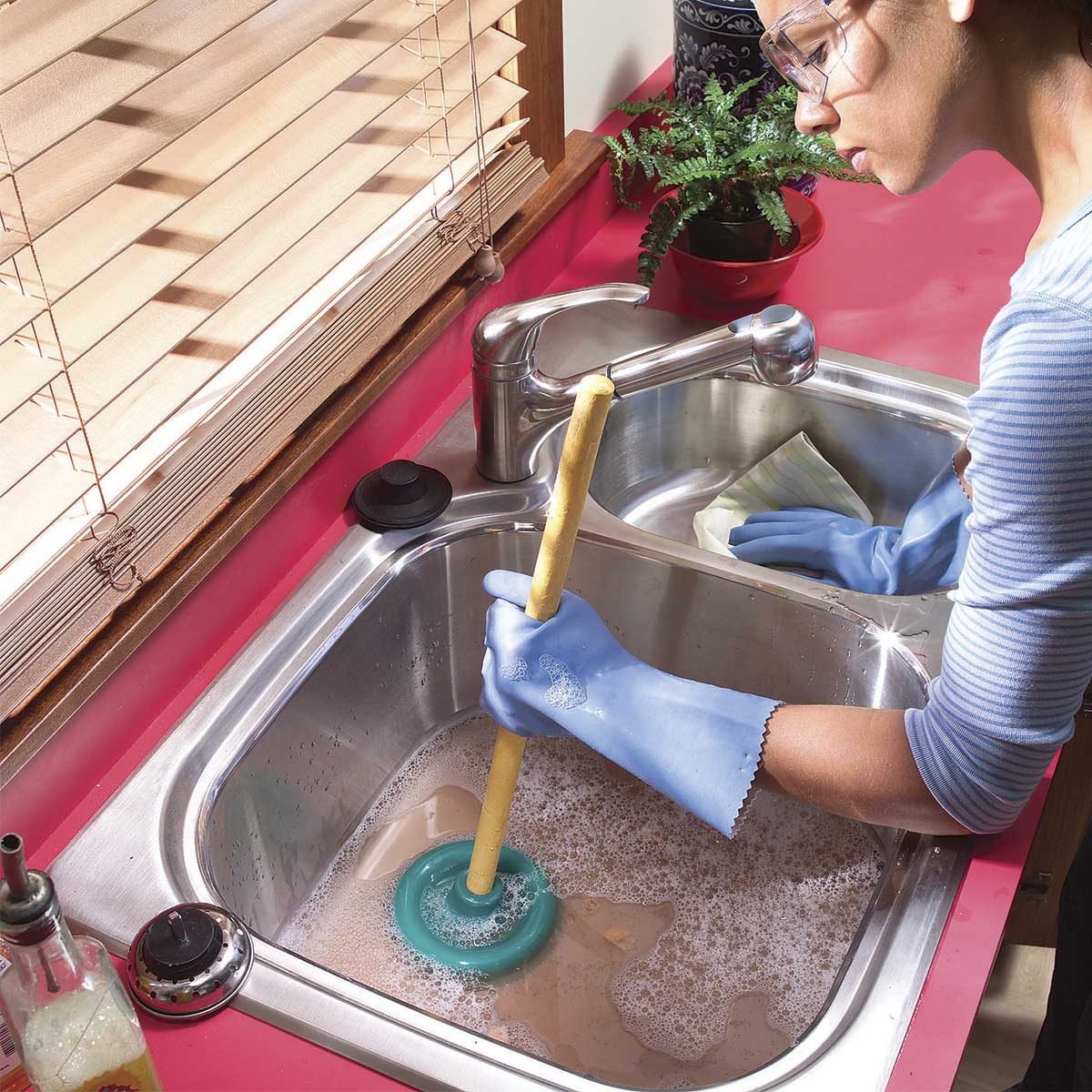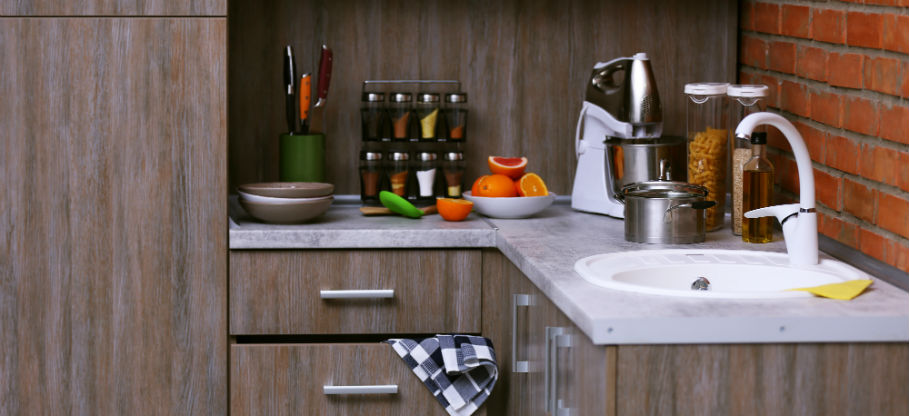Stuck Water Woes - 6 Root Causes Of Kitchen Sink Drainage Problems
Stuck Water Woes - 6 Root Causes Of Kitchen Sink Drainage Problems
Blog Article
They are making several great points about Easy Ways to Unclog Any Drain in Your Home in general in this content just below.

It's not regular for your kitchen area sink to clog up numerous times in one month. If your sink blocks two times a week, there's some difficulty going on.
An obstructed kitchen drainpipe doesn't simply slow down your jobs, it deteriorates your entire plumbing system, gradually. Right here are some typical habits that urge sink obstructions, and just how to avoid them.
You need correct waste disposal
Reusing waste is wonderful, however do you pay attention to your natural waste as well? Your kitchen must have two different waste boxes; one for recyclable plastics as well as another for natural waste, which can become garden compost.
Having a marked trash can will assist you and your family members prevent tossing pasta as well as various other food remnants away. Usually, these remnants take in dampness and come to be clogs.
The fault isn't from your cooking area sink at all
Perhaps the trouble isn't from your kitchen sink, however the whole drainage system. In such a situation, you might notice that other sinks as well as drains pipes get blocked every other week. You require a professional plumbing service to repair this.
You're tossing coffee down the drain
Utilized coffee premises and coffee beans still take in a substantial amount of moisture. They might appear little enough to throw down the drain, however as time takes place they begin to swell and use up even more room.
Your coffee grounds ought to enter into natural garbage disposal. Whatever fraction leaves (maybe while you're depleting) will certainly be taken care of during your regular monthly cleaning.
You have actually been consuming a lot of greasy foods
Your kitchen sink may still get blocked despite natural garbage disposal. This might be due to the fact that you have a diet rich in greasy foods like cheeseburgers.
This grease coats the insides of pipes, making them narrower as well as even more clog-prone.
Make use of a bettor
Your pipe wasn't dealt with effectively to begin with
If you've been doing none of the above, but still get normal obstructions in your kitchen area sink, you ought to call a plumber. There might be a trouble with exactly how your pipes were installed.
While your plumber gets here, look for any type of leaks or abnormalities around your kitchen pipelines. Do not attempt to fix the pipelines yourself. This may create a mishap or a kitchen flood.
A person tried to wash their hair in the cooking area sink
There's a right time and area for whatever. The kitchen sink is simply not the ideal place to clean your hair. Cleaning your hair in the kitchen sink will make it clog one way or another unless you utilize a drainpipe catcher.
While a drainpipe catcher might capture the majority of the fallouts, some hairs may still survive. If you have thick hair, this may be enough to decrease your drainage and also ultimately form a blockage.
There's more dust than your pipes can take care of
If you get fruits straight from a farm, you might discover even more kitchen area dirt than other individuals that go shopping from a mall. You can conveniently fix this by cleaning up the fruits and veggies appropriately before bringing them right into the house.You require proper garbage disposal
My Kitchen Sink Won’t Drain - What Should I Do?
If Your Sink Has a Garbage Disposal...
Turn on the disposal. If the disposal hums and doesn’t turn, then there’s clog in the disposal unit.
Go to your circuit breaker panel, and switch off the circuit breaker to your garbage disposal.
Back in your kitchen, double-check that your garbage disposal is off by trying to turn it on. The disposal should not move, and it should not make any noise.
Lie down underneath your sink so that you can see and access the bottom of the disposal unit. Look for a hole that looks like the head of a hex-head bolt in the center of the unit.
Place an Allen wrench inside this hole and turn it from side to side until you feel a decrease in resistance and are able to rotate the wrench completely in a single direction. This action rotates your disposal’s blade manually.
Put the wrench aside, and press the disposal unit’s reset button or switch.
Flip your garbage disposal’s circuit breaker switch back on, and turn on the unit to see if the obstruction has cleared. If it hasn’t, repeat the steps above until the obstruction is removed.
How to Unclog a Kitchen Sink Drain
If you have a double bowl sink, seal one side of the sink with an airtight lid or a second plunger before plunging the other side. Otherwise, you won’t be able to create adequate suction.
Place the cup of the plunger completely over the drain opening.
Turn on the faucet, and let the water run until it completely covers the cup of the plunger.
Start plunging by pushing the plunger down and pulling up again in order to build up suction. Make sure that the edges of the plunger stay in contact with your sink, or else you’ll lose the suction.
If you have trouble forming a seal between your sink and plunger, add petroleum jelly to the mouth of your plunger, and try again.
Plunge about five or six times before removing the plunger to see if water starts to drain properly. In some cases, you’ll even be able to feel the clog become dislodged while you plunge because suddenly there will be much less resistance. Repeat the plunging process until the clog clears.
Once water is draining properly again, run hot water down the drain for 5 minutes to help clear away grease, grime, and debris from the clog. https://www.plumbingjoint.com/blog/2019/august/my-kitchen-sink-won-t-drain-what-should-i-do-/

My Kitchen Sink Won’t Drain - What Should I Do?
If Your Sink Has a Garbage Disposal...
How to Unclog a Kitchen Sink Drain
https://www.plumbingjoint.com/blog/2019/august/my-kitchen-sink-won-t-drain-what-should-i-do-/
Do you really like more info about Why Is My Sink Not Draining?? Put feedback directly below. We'd be interested to listen to your thinking about this page. We are looking forward that you visit us again soon. Are you aware of somebody else who is looking into the topic? Please feel free to share it. Thank you for going through it.
Click For More Information
Report this page